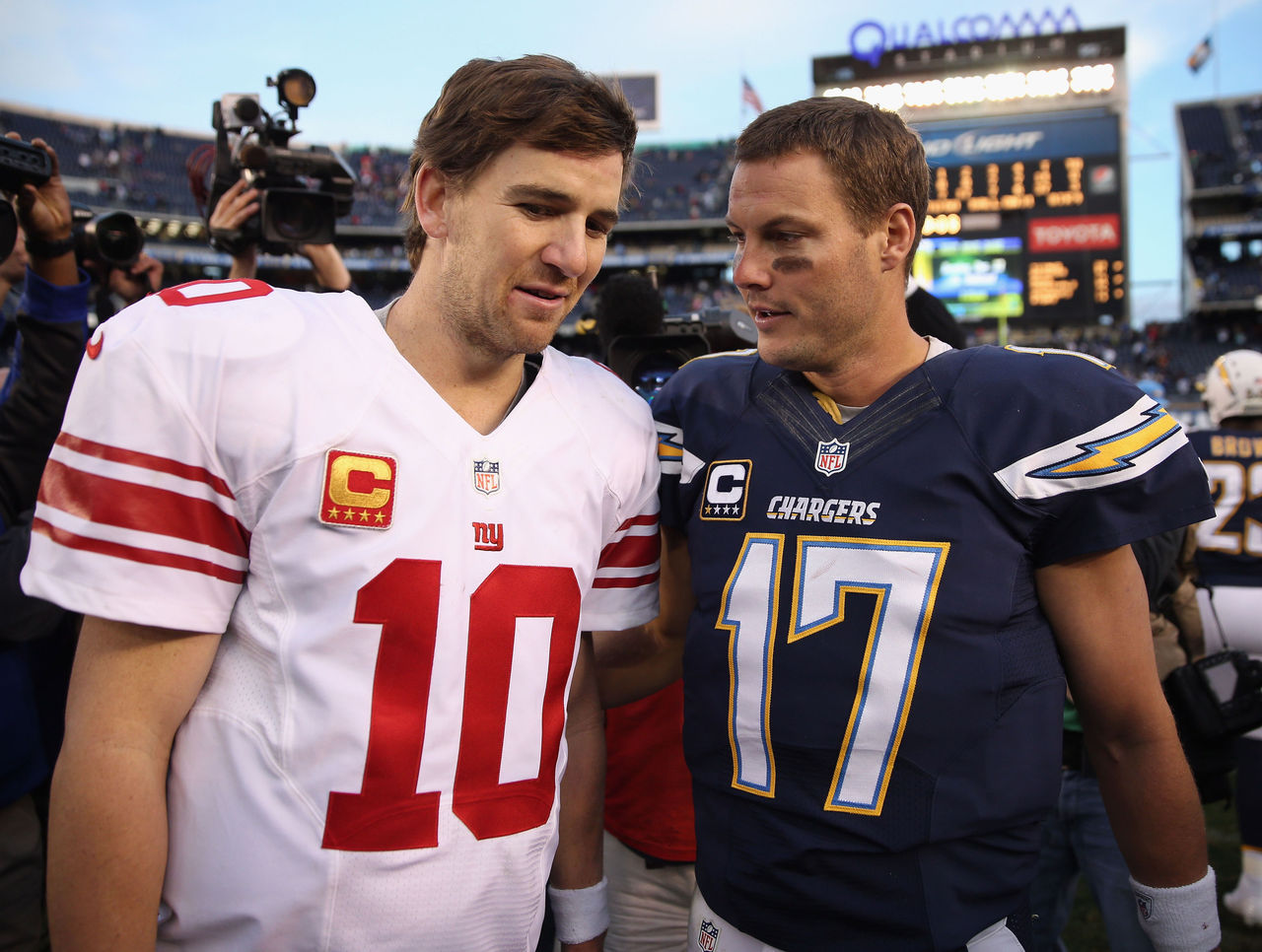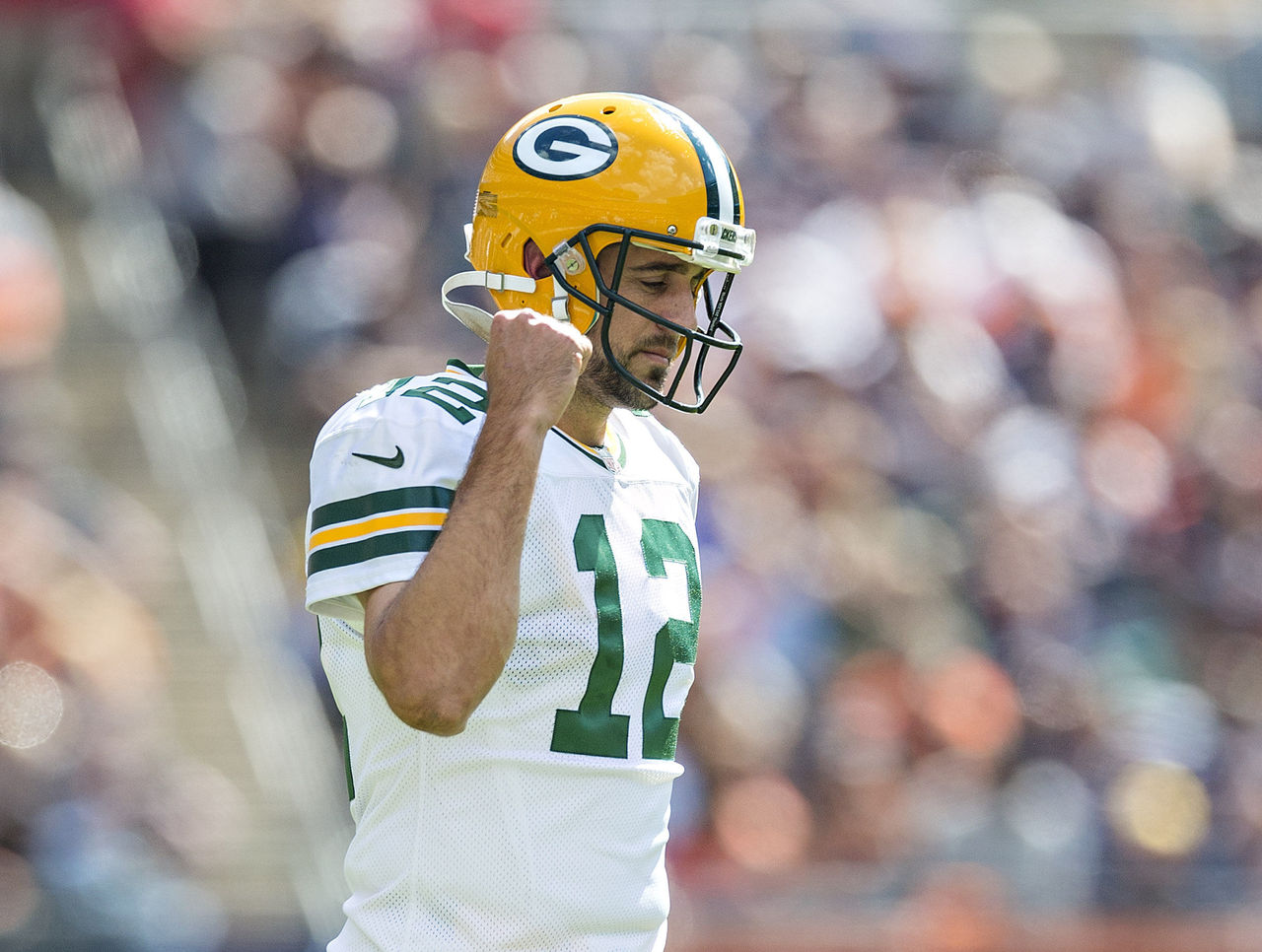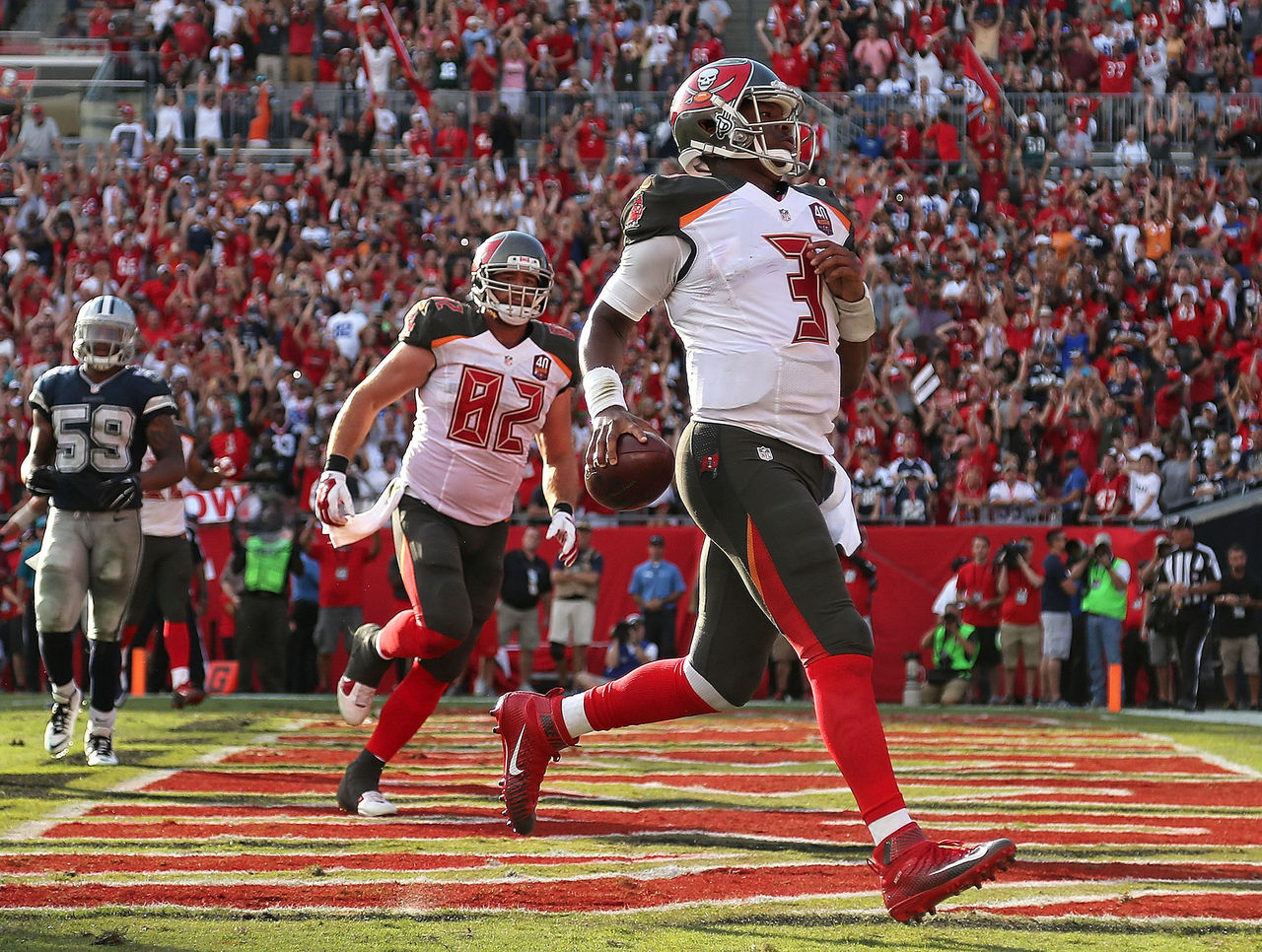Strategies when selecting a second fantasy quarterback
Quarterbacks are a tricky lot in fantasy. Andrew Luck was the consensus No. 1 QB in 2015 drafts, occasionally being taken near the end of the first round. Trends for 2016 show the first QB going much later, and with good reason.
While the QB is often the anchor for a team, generating the most fantasy points, there is less separation between the top, middle and bottom tiers than at any other position. Waiting on a QB until the middle rounds is a sound strategy. While some will elect to avoid drafting a second quarterback, most will wrangle a backup because there is a need.
Like any position, there are a variety of perspectives to take when considering how to approach the backup quarterback. The following four angles are ways to consider selecting that elusive QB2. As always, your mileage may vary.

Back-to-Back Mid-Tier Options
Forgoing the top tier of quarterbacks is an option - as further outlined in my piece on building a monstrous FrankenQB - and it can be somewhat viable.
Let's say New York Giants QB Eli Manning is available in the eighth round. Take him as the primary QB.
Instead of sitting on a prayer, this strategy recommends pairing him with San Diego Chargers QB Philip Rivers on the very next pick. The idea here has many wrinkles. One, on the off chance that one of the quarterbacks gets injured, the other represents an insurance policy that will effectively guarantee a small drop off if one occurs at all.
Next, while it may be frustrating at times, it allows for more effectively trying to play matchups. It will be maddening, however, any time Manning gets the start and Rivers vastly outperforms him, or vice versa.

An Elite QB Paired With a Lower-Tier Option
In standard leagues, owners are drafting their QB1 to essentially play every game of the season. While insurance is nice on the off-chance the top QB goes down with a severe injury, chances are the expectation isn't to bench Green Bay Packers QB Aaron Rodgers, whom we will use as an example.
In Rodgers' case, owners expect to start him every week but one: the Packers' Week 4 bye. Instead of blowing important capital on a quarterback only intended to be used once, wait it out and grab one of the scraps in the 13th round or later. This means the Ryan Tannehills and Teddy Bridgewaters of the world.
Look at the matchups. The Miami Dolphins play the Cincinnati Bengals. The Bengals were middle of the pack in terms of passing yards allowed in 2015, but allowed only 18 passing TDs - second-best in the NFL. The New York Jets play the Seattle Seahawks, the only team that allowed fewer passing TDs than Cincinnati. That's a pass on Ryan Fitzpatrick.
A good pairing for Rodgers might actually be Minnesota Vikings QB Bridgewater. He won't be drafted until very late and the Vikings face the New York Giants on Monday night in Week 4. Last season, no team allowed more yards through the air and only four allowed more touchdowns. The Giants did make changes, though, so relying too much on 2015 data is problematic.
If Bridgewater isn't to your liking, Week 4 also features a possibly cushy matchup for new Houston Texans QB Brock Osweiler as he goes up against the Tennessee Titans. Or you could consider a known quantity like Chicago Bears QB Jay Cutler against the Detroit Lions.
Even if you don't draft Rodgers, the principle behind this angle will translate to other top QBs and how to approach effective backups relative to their schedules.

Steady Production With Limited Variance
Now that he has signed, the aforementioned Fitzpatrick is a solid choice in later rounds because there should be very little change in his performance from week to week. If a team's primary QB gets injured or is inexplicably terrible from Week 1, Fitzpatrick offers a fairly steady stream of production.
His situation in New York, despite all the drama in the interim, is better than it was last year. He still has WRs Brandon Marshall and Eric Decker, but the Jets also added RB Matt Forte, who is a better pass-catching running back than anyone on the roster a year ago.
In 2015, Fitzpatrick threw a touchdown in every game but one. He was forced to leave the Jets' Week 8 game on the opening drive with a hand injury. In the other 15 games he played, Fitzpatrick threw multiple touchdown passes 12 times. That's consistent value coming late in drafts.
Maybe Fitzpatrick doesn't have the shiny newness of some younger QBs or the upside of a top passer, but the situation is right for him to find steady success and for him to be an inexpensive insurance policy in season long fantasy leagues.

Highest Possible Upside
Tampa Bay Buccaneers QB Jameis Winston is being drafted in a similar spot to 2015 Cam Newton, which is to say very late. Compared to Fitzpatrick, his highs will likely be much higher, while his lows stand to be a bit lower. Through the first four games of his career, Winston threw six touchdown passes compared to seven interceptions, exacerbated by a four-interception game.
Later in the season, Winston threw five touchdown passes against the Philadelphia Eagles. In the six weeks following that explosion, he totaled seven TDs.
More likely than Fitzpatrick to notch a rushing TD, Winston could be more of a multi-threat option, though he likely won't be a true rushing threat like Newton. Still, Winston possesses incredible upside and any boosted consistency only bolsters that value. It's conceivable that he never goes this low in fantasy drafts again, at least not for the foreseeable future.
If Winston is still available in the 12th or 13th round, he makes for a fantastic upside option. Predicting when his big weeks will rear their heads, and likewise his busts, will be a bit headache-inducing, but when the dice roll pays off, it's for huge dividends.